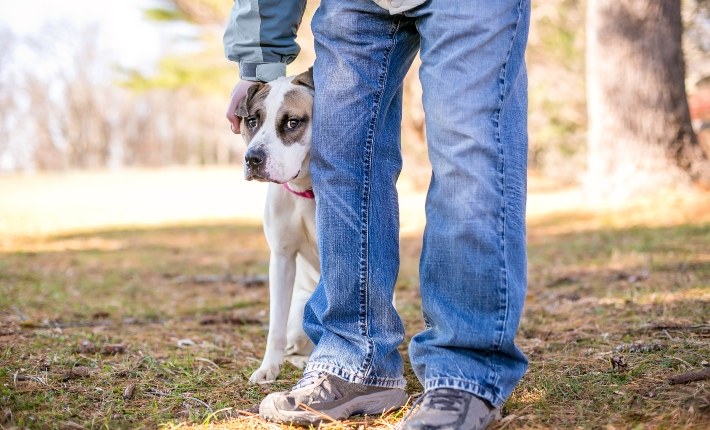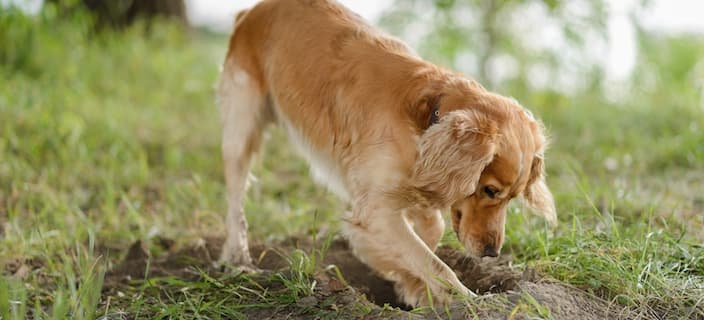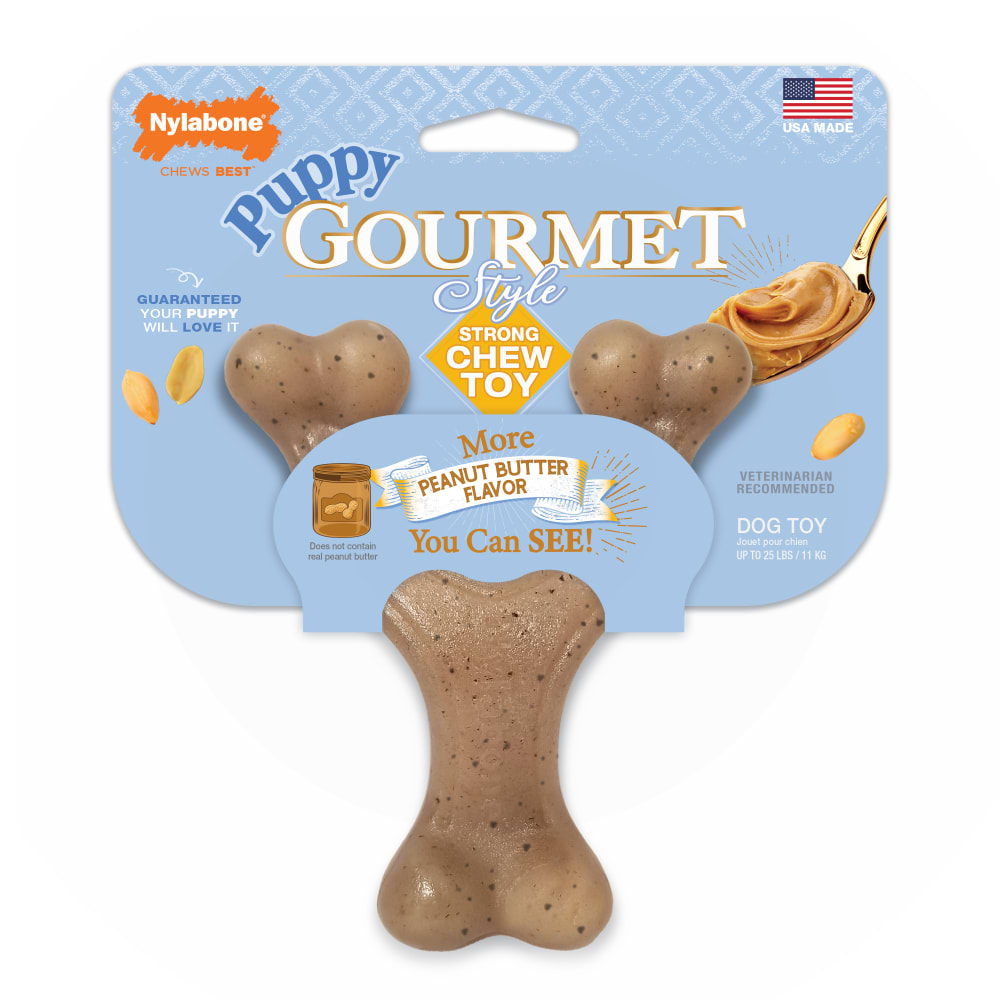Dog Aggression vs. Playing: What’s the Difference?
We've all heard the cliché that actions speak louder than words…and actions are especially meaningful when it comes to our furry friends! Canines express a variety of emotions through dog body language, and even the slightest ear twitch or tail adjustment could indicate the difference between two very different demeanors.
Trying to distinguish dog aggression from plain ol' playfulness is a classic example of how subtle these social cues can be. Whether your dog is interacting with you, someone else, or another dog, understanding the key differences between these feelings plays an essential role in keeping everyone safe and happy. Let's take a deep dive into the signals associated with each emotion.
Signs Your Dog Is Playing

Many dogs show their affection by engaging in spirited, physical games. Whether your pup prefers to wrestle, chase, or bark playfully, many social activities could resemble aggression to the naked eye. These body language signals indicate your dog is happy and peaceful:
- Wagging tail
- Relaxed ears
- Soft eyes and mouth
- Frequent blinking
- Big grin
Some dogs may playfully "bow" to their counterpart, lowering their front paws as a way of saying, "Let's have some fun!" Your pooch may also roll on their back when they're feeling playful, as an exposed belly often signals an invitation to start a game like chase.
Some social interactions may involve growling—and that's not necessarily a bad thing! Growling during play is typically used as a greeting. As long as both playmates are relaxed, this behavior is completely normal.
If your dog appears to get a little too excited, you may need to give them a break from playtime. Roughhousing that keeps getting more intense could lead to injury, so get them away from the play area when barking and physical contact start to get out of hand. This is especially important if your pup is playing with a dog who is considerably larger or smaller than them.
Signs of Dog Aggression
Just as there are telltale signs your dog is feeling sociable, some cues signal a dog behavioral issue. Watch out for these indicators that your furry friend is feeling combative around another animal or person:
- High, stiff tail
- Panting
- Staring at you
- Ears flattened against the head
- Exposed teeth
- Sudden yawning
In addition to showing these signals, an aggressive dog will be moving with harsh, rigid motions. They may stiffen up as they encounter a perceived threat and begin to bark, growl, or snarl more passionately. Remove your dog from the situation right away if they try to lunge at or bite an individual.
Your dog is more likely to act aggressively around a stranger than someone they're familiar with, so pay close attention when introducing them to a new individual. If your dog tries to puff out their chest and make themselves look bigger, they could be perceiving the newcomer as a threat.
Types of Aggression

There are many causes of dog aggression, but most reasons can be boiled down to one word: stress. Dogs who are afraid of other animals or feel compelled to protect their belongings from an outsider are more likely to exhibit this behavior.
Fortunately, you can predict when your dog might experience these emotions and react accordingly. These are some of the most common forms of aggression, according to the ASPCA:
Territorial aggression – As the name suggests, territorial aggression occurs when a person or animal enters a dog's claimed space (such as their sleeping area).
Protective aggression – Dogs exhibit protective aggression if they feel you or another family member is threatened.
Possessive aggression – Also known as resource guarding, this form of aggression stems from someone taking away a dog's resources, such as food or dog play toys.
Fear or defensive aggression – If a dog feels cornered or trapped by another individual, they may show signs of fear aggression.
Social aggression – A dog who feels obligated to protect their place in the social hierarchy could use this form of aggression to maintain their status.
Frustration-elicited aggression – This form of aggression can take place when a dog doesn't get what they want, such as being released from their crate.
Pain-elicited aggression – Dogs who are injured can become more irritable, resulting in pain-related aggression.
RELATED: How to Calm an Anxious Dog
A similar emotional state known as reactivity is often confused with aggression, resulting in comparable actions like barking and lunging. Reactivity tends to be caused by traumatic experiences or a lack of dog and puppy socialization skills rather than typical stress. Possible triggers can include someone wearing a funky hat, men with beards, other dogs, and children, according to Cornell University College of Veterinary Medicine. If your pup appears reactive to a specific situation like one of these, contact your veterinarian for advice.
How to Stop Dog Aggression
Even the most well-behaved pooches can get riled up on occasion. Follow these tips to help your dog keep their cool:
Stay calm – When dogs don't know how to react to situations, they often look to their pet parents for guidance. Remaining calm will set a positive example and discourage your dog from getting even more agitated.
Isolate your dog – Removing your dog from the object of their aggression will further encourage them to simmer down. Take your dog to a room or area away from the individual causing aggressive behavior.
Use positive reinforcement – Don't punish your dog once they're isolated. Instead, reward them with a chew toy or treat after they calm down to reinforce the positive behavior.
If your dog consistently acts aggressively toward others, they may need some help developing a more positive attitude. Work on obedience training together or consider hiring a professional behavioral specialist who knows how to stop dog aggression.
Are You Speaking Your Dog's Language?
Our furry friends constantly show us signs to reveal how they're feeling! Observe your dog for clues about their demeanor and be ready to remove them from a potentially dangerous situation if they look stressed. By properly reading your pup's body language, you can learn when it's time to keep the fun going (and when it's time to stop!).
FOLLOW US!





